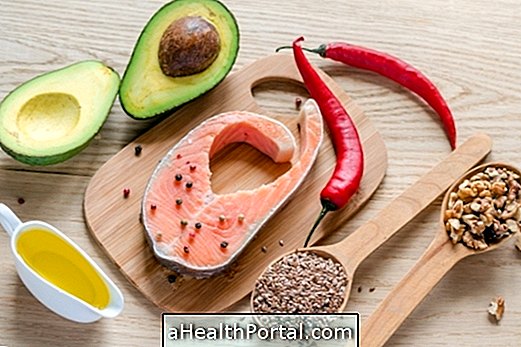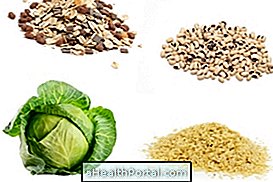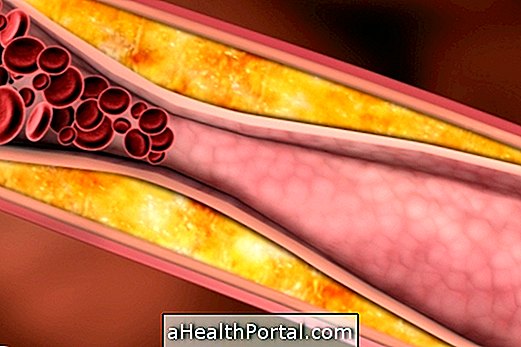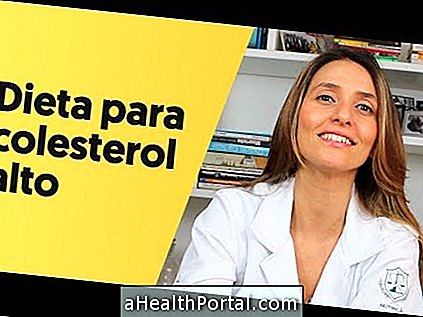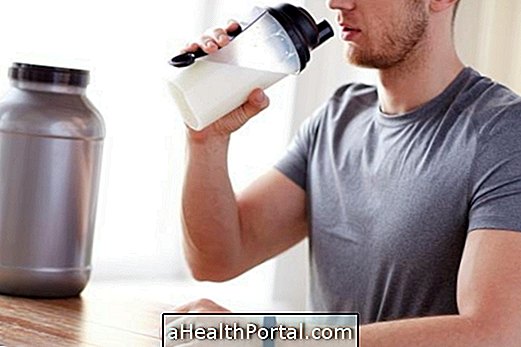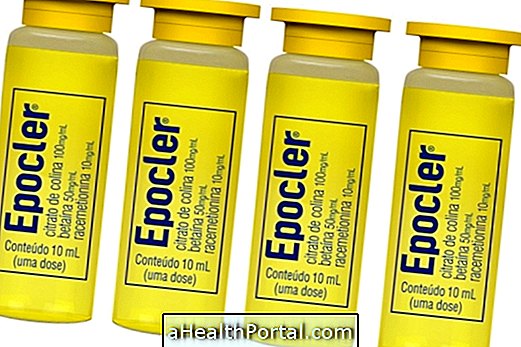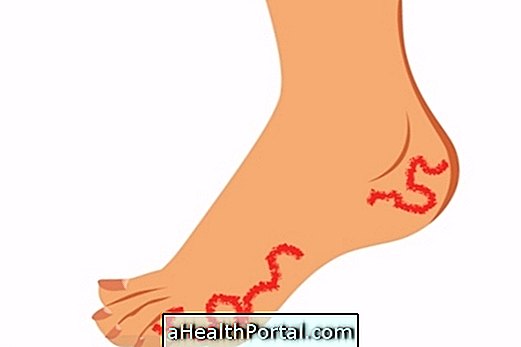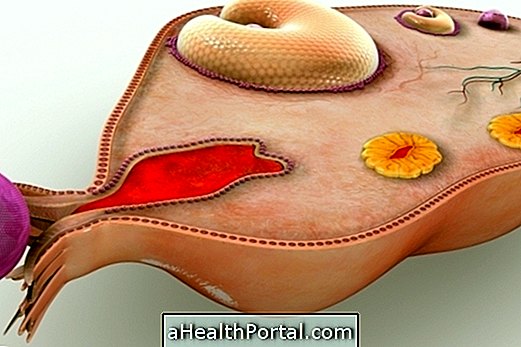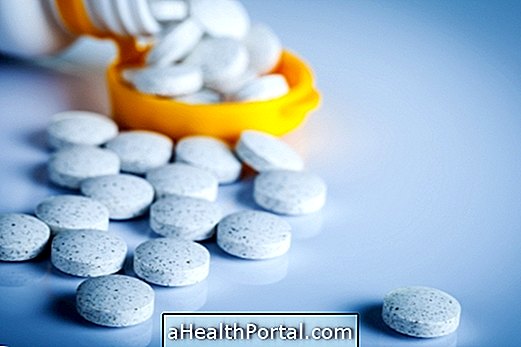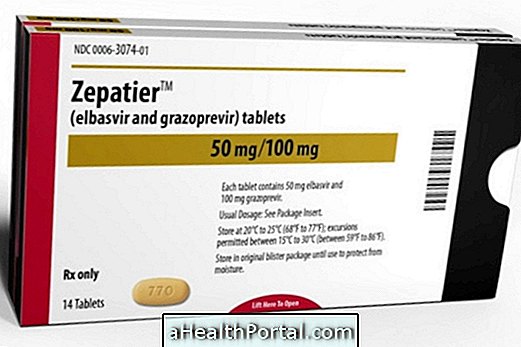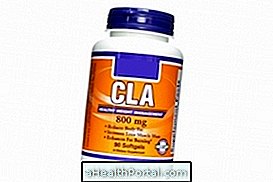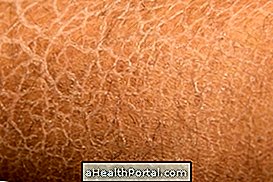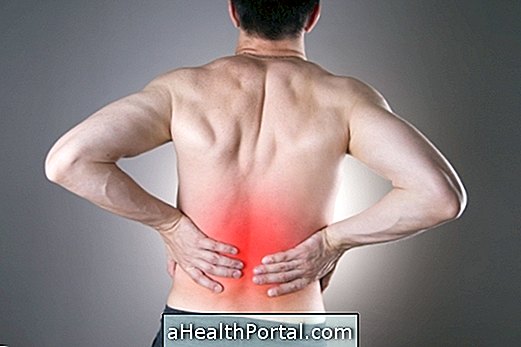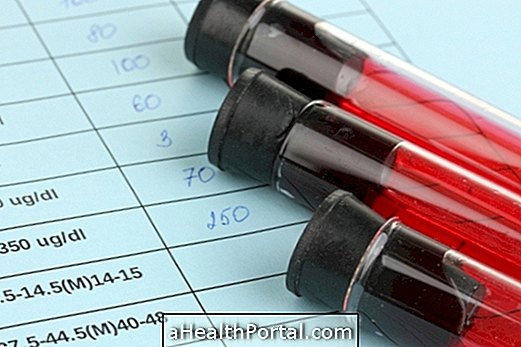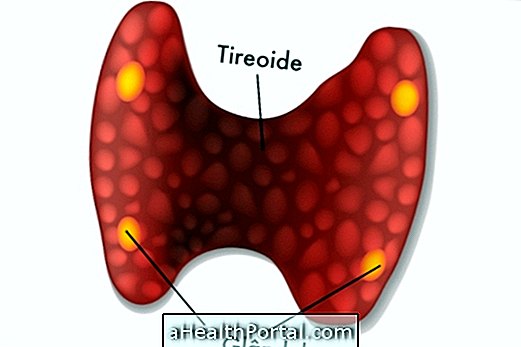Knowing what are the levels of cholesterol and triglycerides circulating in the blood is important to assess the health of the heart, this is because in the majority of cases in which alteration is verified there may be a greater risk of developing heart-related diseases, such as infarction and atherosclerosis for example.
Type in the calculator below the cholesterol values that appear on your blood test and see if your cholesterol is good:
Vldl / Triglycerides calculated according to the Friedewald formula

How is cholesterol calculated?
In general, when doing a blood test to assess the lipid profile, it is indicated in the result that the cholesterol value was obtained through some laboratory technique. However, in some cases not all values that are released in the exam were obtained using a laboratory technique, but were calculated using the following formula: total cholesterol = HDL cholesterol + non-HDL cholesterol, in which non-HDL cholesterol HDL corresponds to LDL + VLDL.
In addition, when VLDL values are not available, it is also possible to calculate them using the Friedewald formula, which takes into account triglyceride values. Thus, according to the Friedewald formula, VLDL = triglyceride / 5. However, not all laboratories use this formula, and results may vary.
What is cholesterol?
Cholesterol is a type of fat that is present in the body and is essential for the proper functioning of the body, since it is important in the process of producing hormones, vitamin D and bile, which is a substance stored in the gallbladder and that helps digest fats. In addition, cholesterol is also part of the cell membrane and is important for the metabolism of some vitamins, mainly vitamins A, D, E and K.
What are the types?
According to its characteristics, cholesterol can be classified into three types:
- HDL cholesterol, also known as good cholesterol, is produced by the body and is responsible for protecting the heart and, therefore, it is important that its levels are always high;
- LDL cholesterol, also known as bad cholesterol, is easier to be deposited on the wall of the vessels, hindering the passage of blood and increasing the risk of heart disease;
- VLDL cholesterol, which is responsible for the transport of triglycerides in the body.
In the exam, it is important to pay attention to all of these values and to the result of total cholesterol and triglyceride levels, so that it is possible to know if there are any changes and if it is necessary to start some type of treatment. Learn more about the types of cholesterol.
Is having high cholesterol always bad?
It depends on the type of cholesterol that is increased. In the case of HDL, it is important that the values are always high, as this cholesterol is important to maintain heart health, since it works by removing the fat molecules that can accumulate in the blood and be deposited in the arteries.
On the other hand, when it comes to LDL, it is recommended that this cholesterol be less in the blood, since it is this type of cholesterol that is more easily deposited in the arteries, which can lead to the formation of plaques and interfere with the passage of blood, which increases the risk of heart disease, such as atherosclerosis and heart attack, for example.
Was this information helpful?
Yes No
Your opinion is important! Write here how we can improve our text:
Any questions? Click here to be answered.
Email in which you want to receive a reply:
Check the confirmation email we sent you.
Your name:
Reason for visit:
--- Choose your reason --- DiseaseLive betterHelp another personGain knowledge
Are you a health professional?
NoMedicalPharmaceuticalsNurseNutritionistBiomedicalPhysiotherapistBeauticianOther
Bibliography
- CORDOVA, Caio Mauricio M .; PORTAL, Ariane S .; CORDOVA, Maurício. Martin, Friedewald and Cordova formulas compared with direct LDL-C measurement in southern Brazil. J Bras Patol Med Lab. Vol 56. 1-6, 2020
Referring to: "Cholesterol Index Calculator":
- BRAZILIAN SOCIETY OF CARDIOLOGY. Update of the Brazilian Dyslipidemia and Atherosclerosis Prevention Guideline. 2017. Link: //www.scielo.br/pdf/abc/v109n2s1/0066-782X-abc-109-02-s1-0001.pdf. Accessed on 15 Sep 2020
